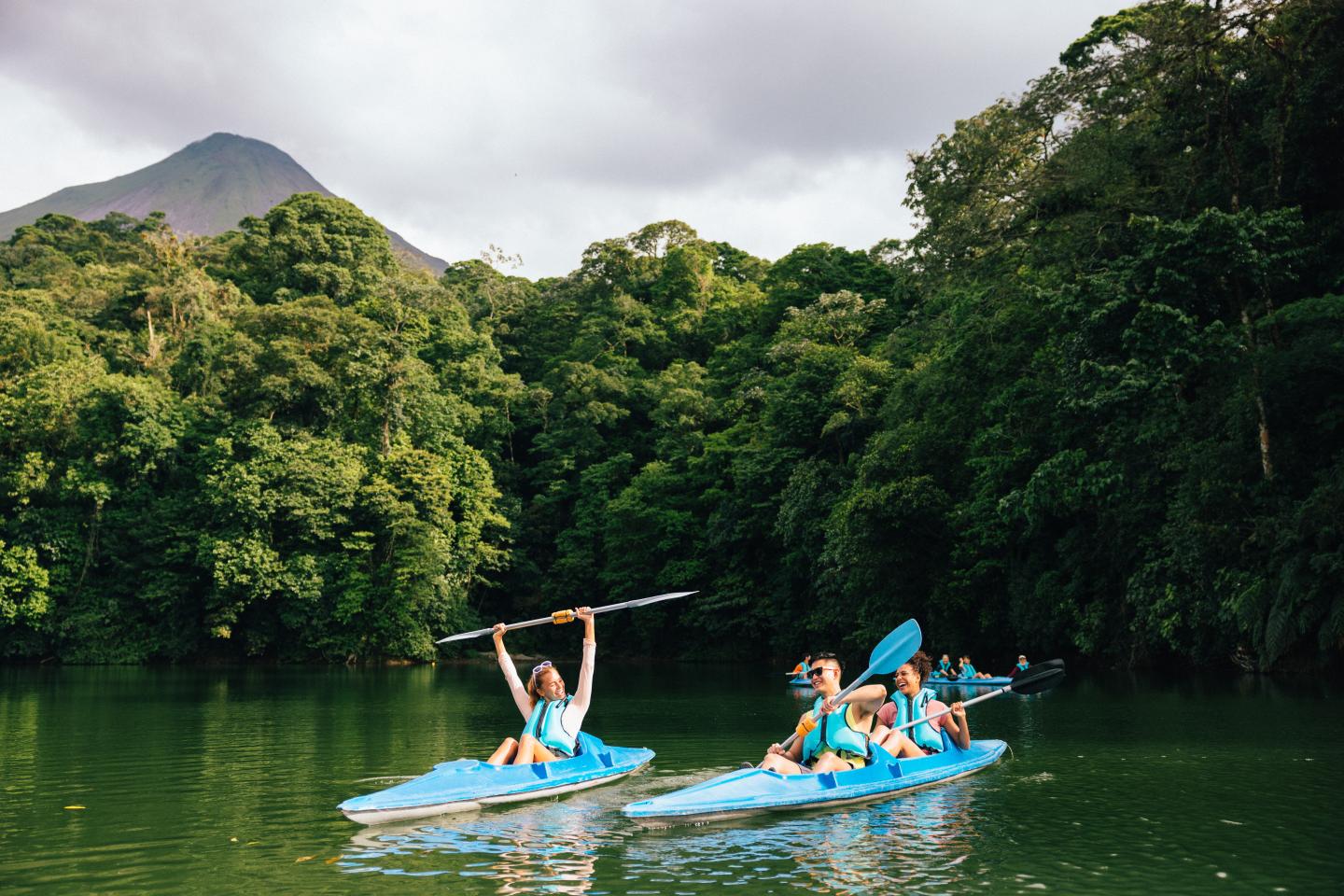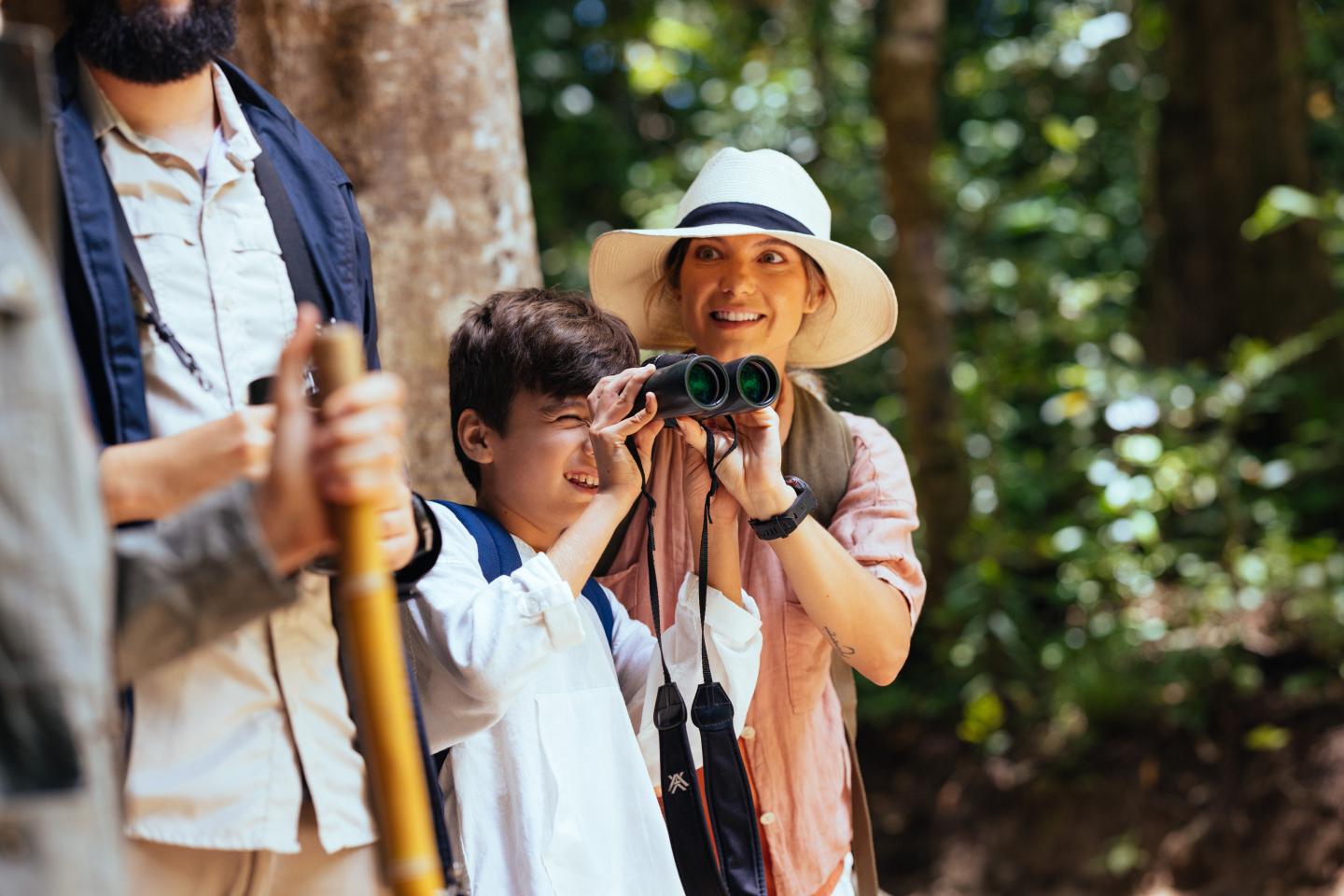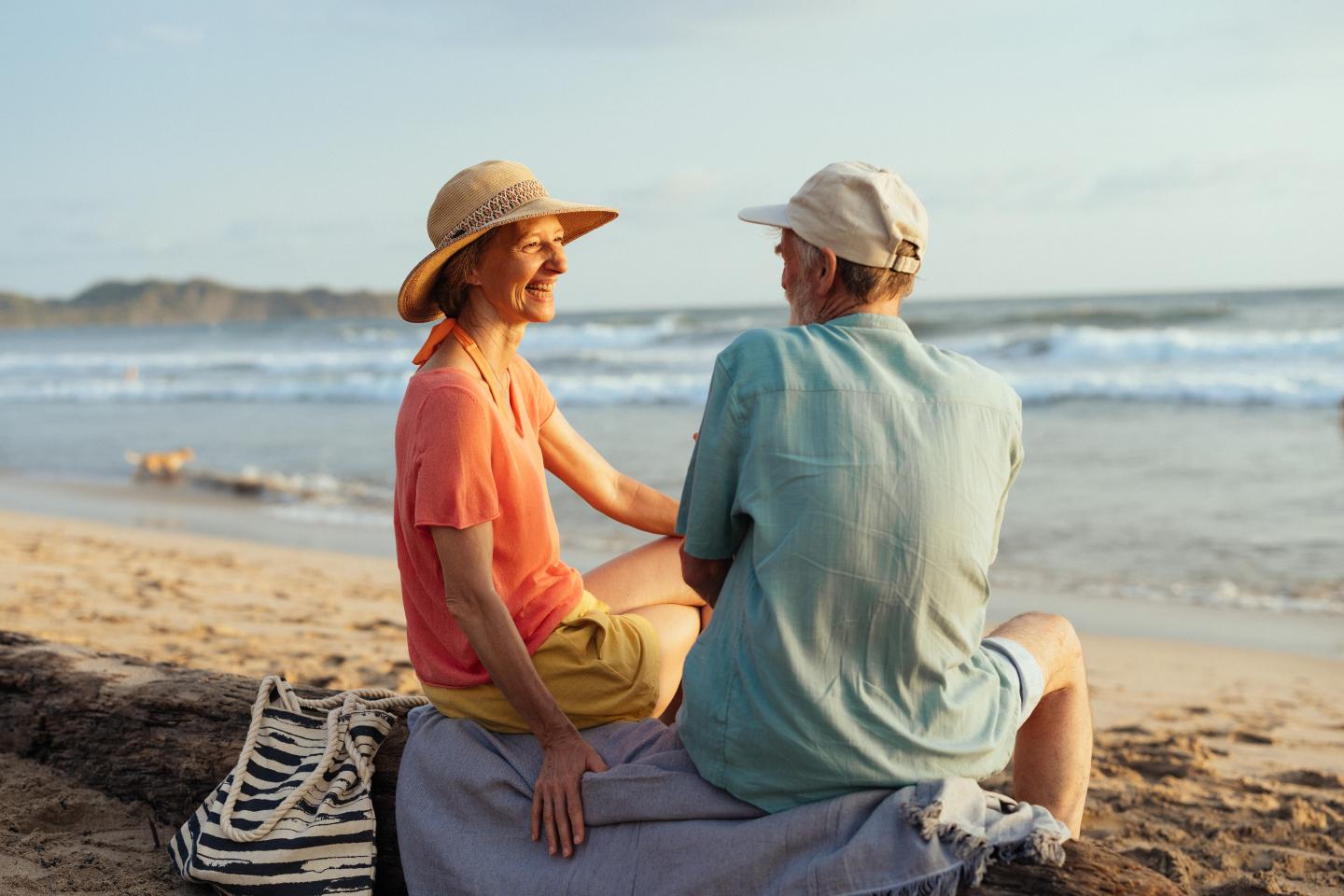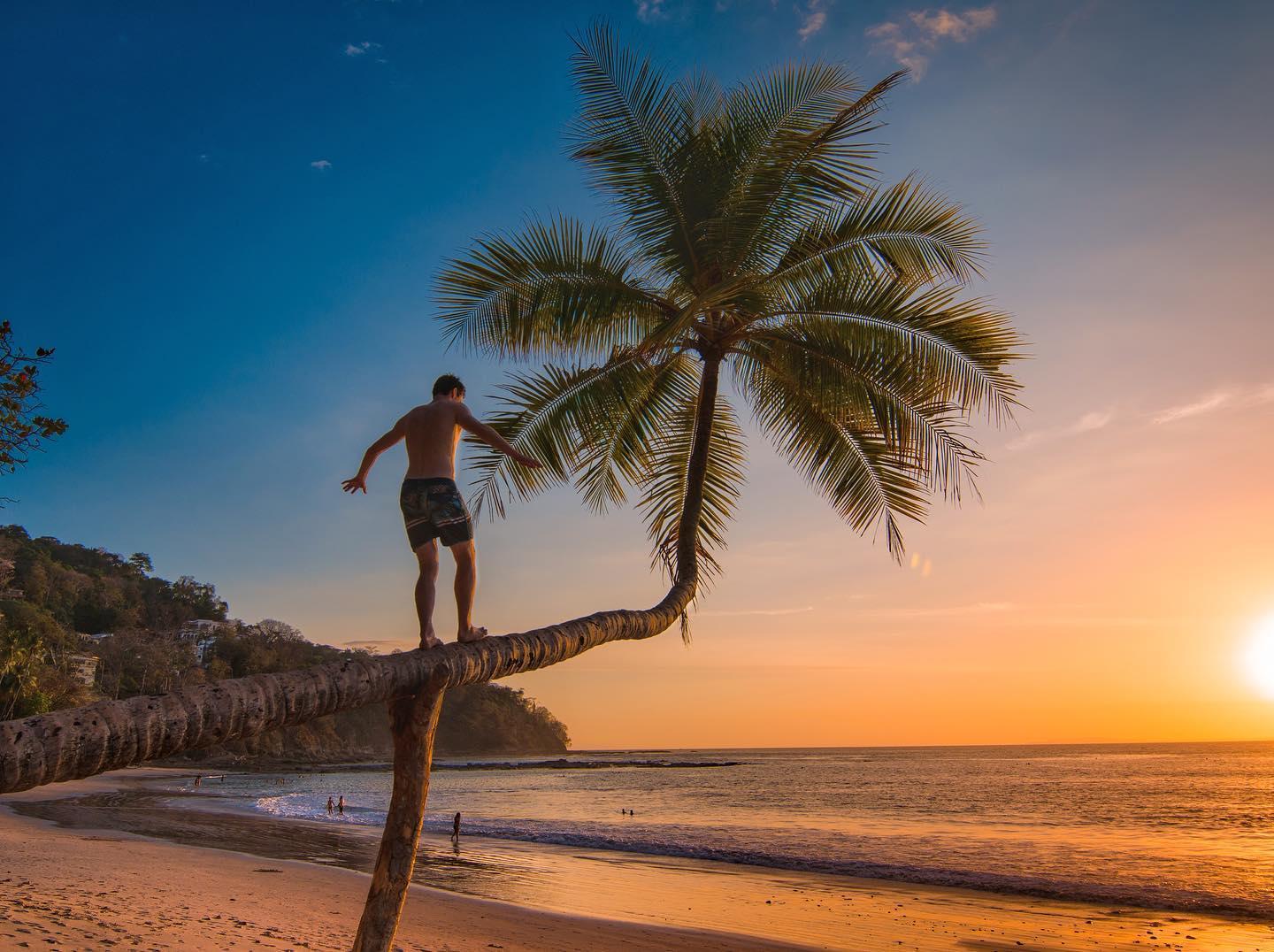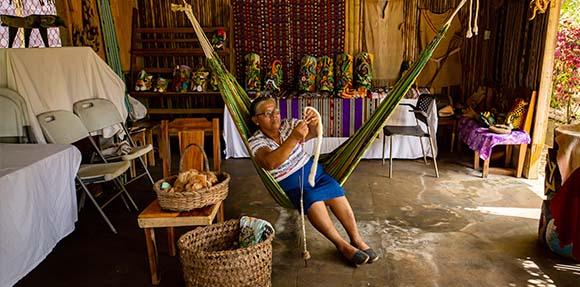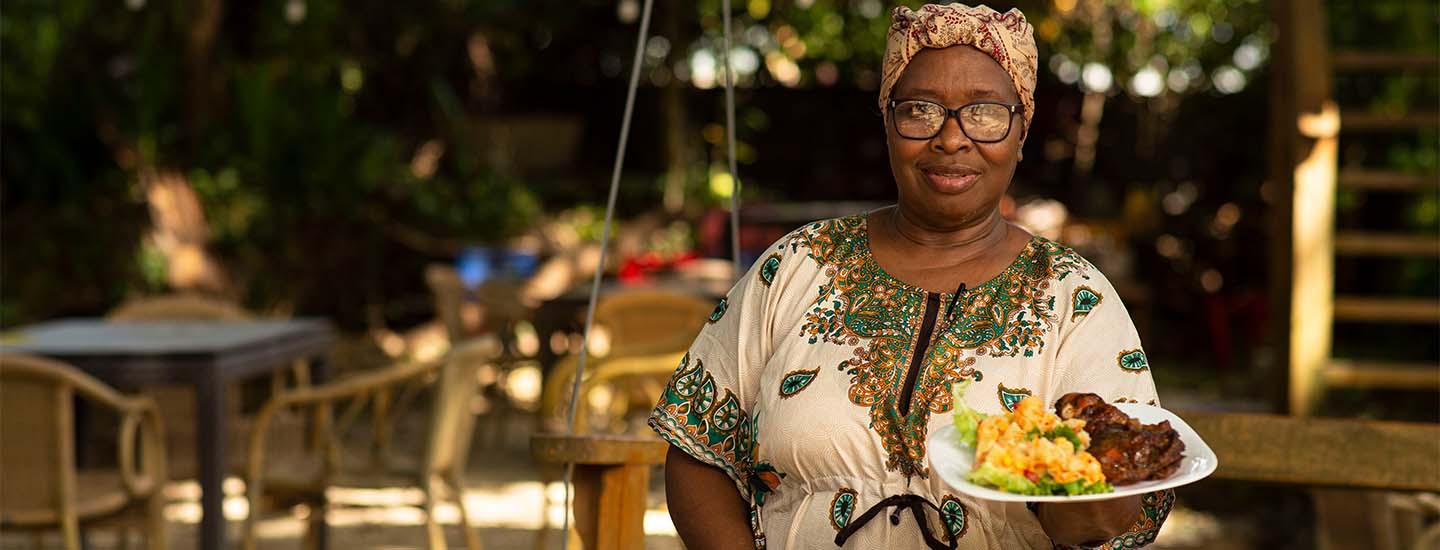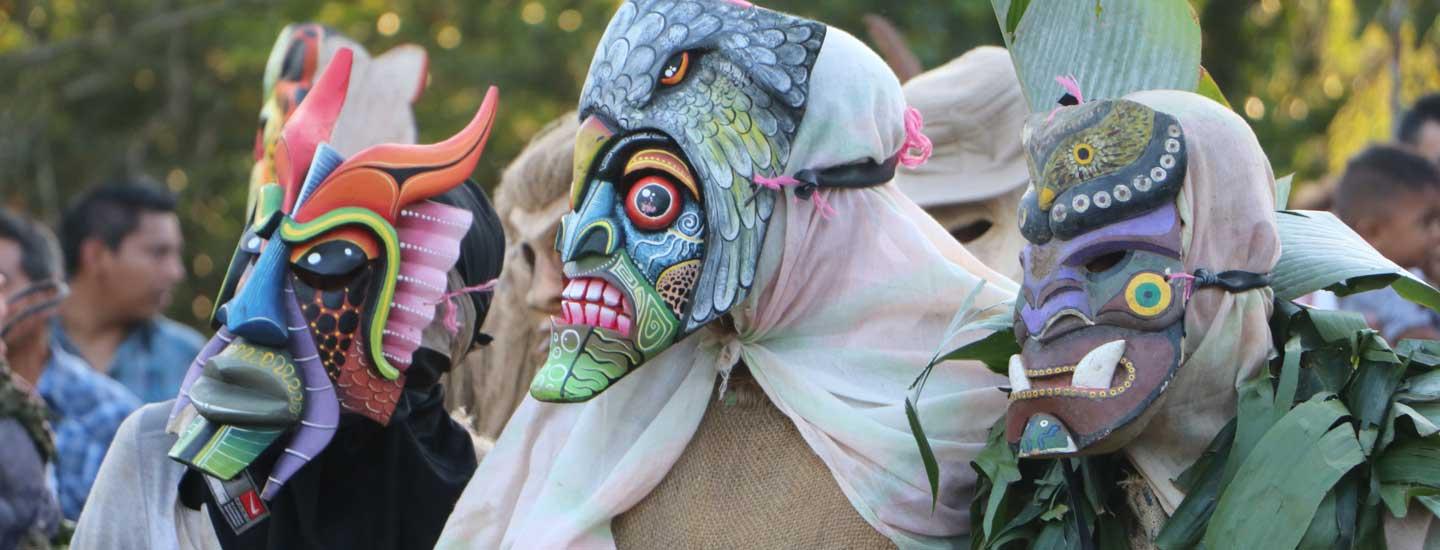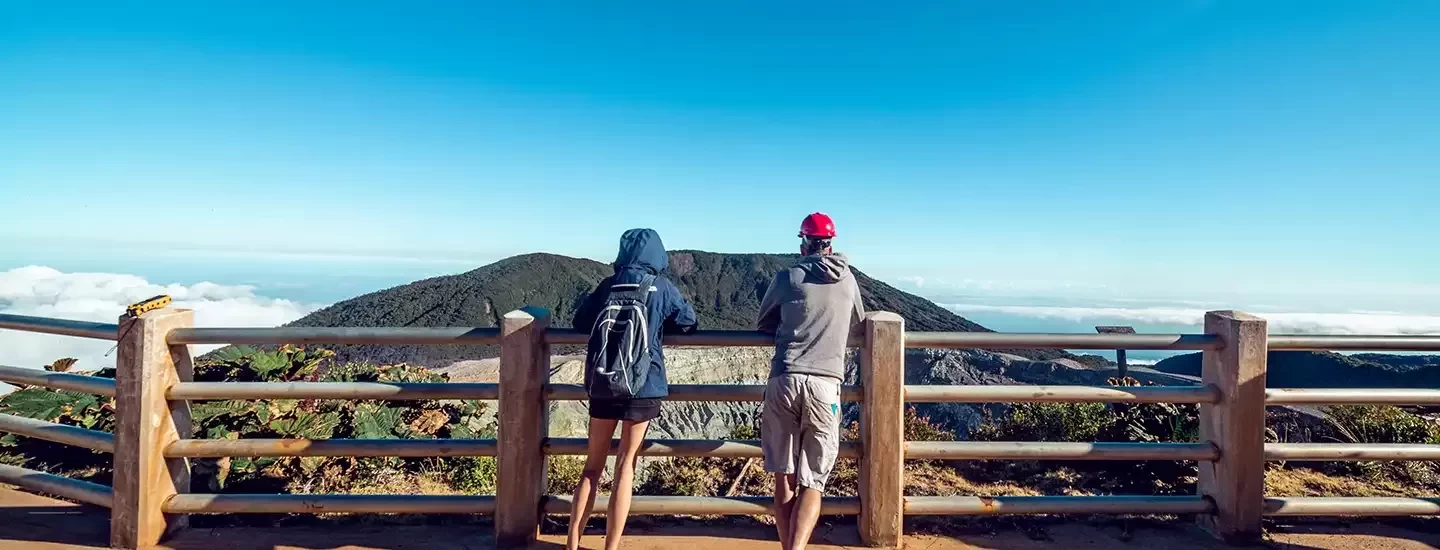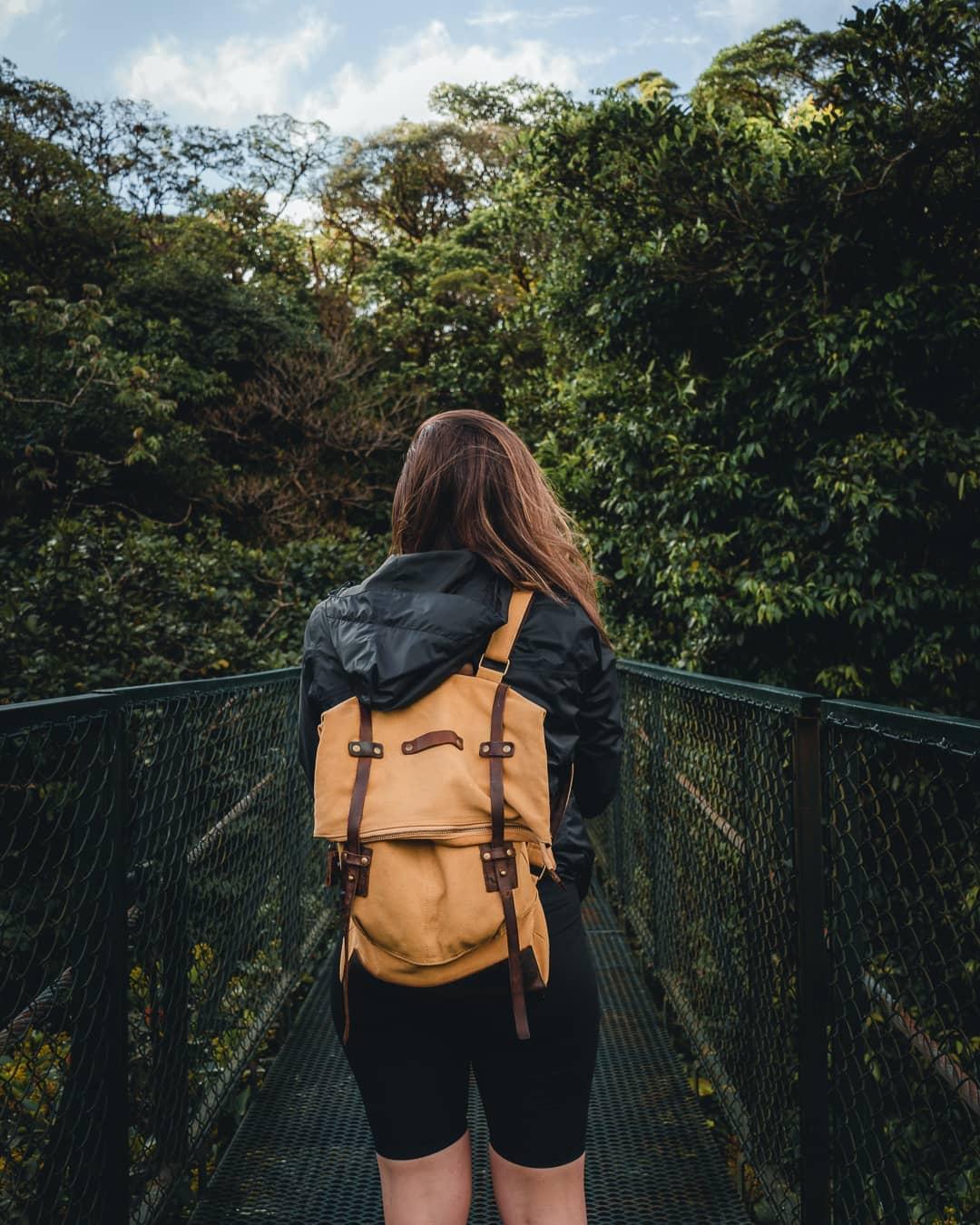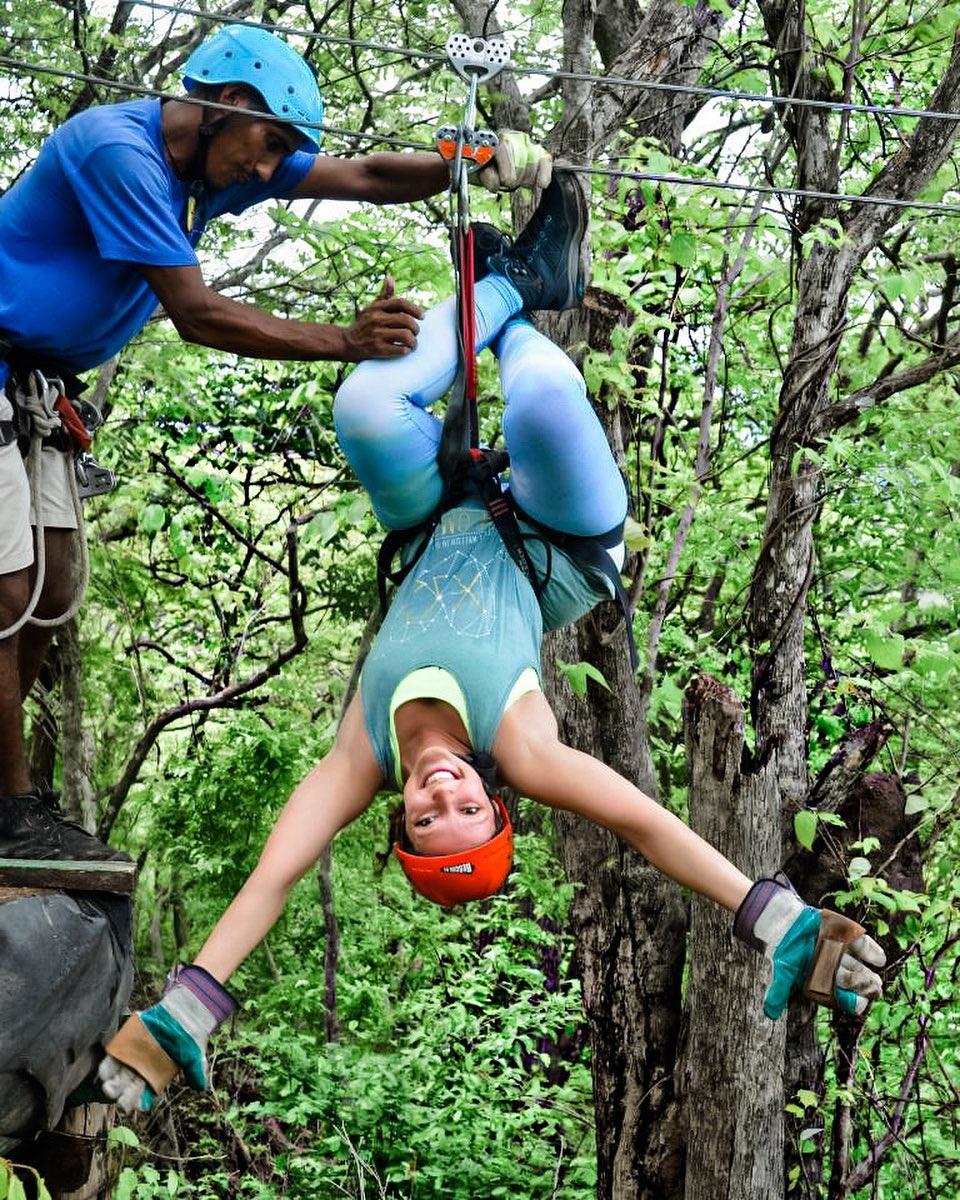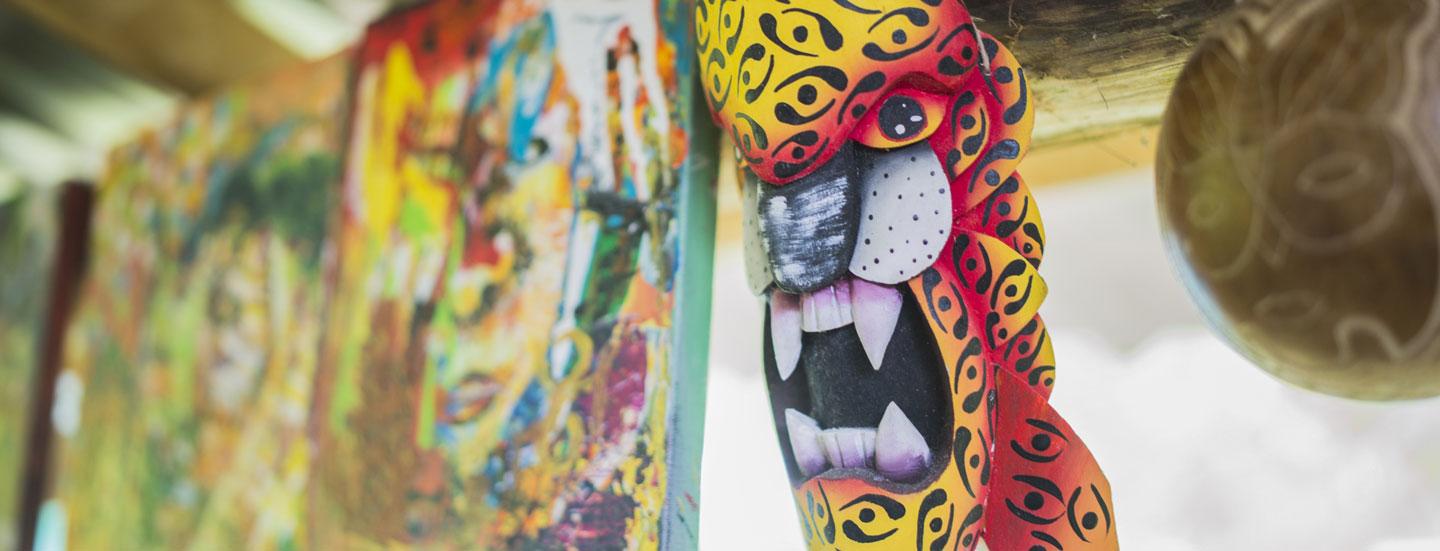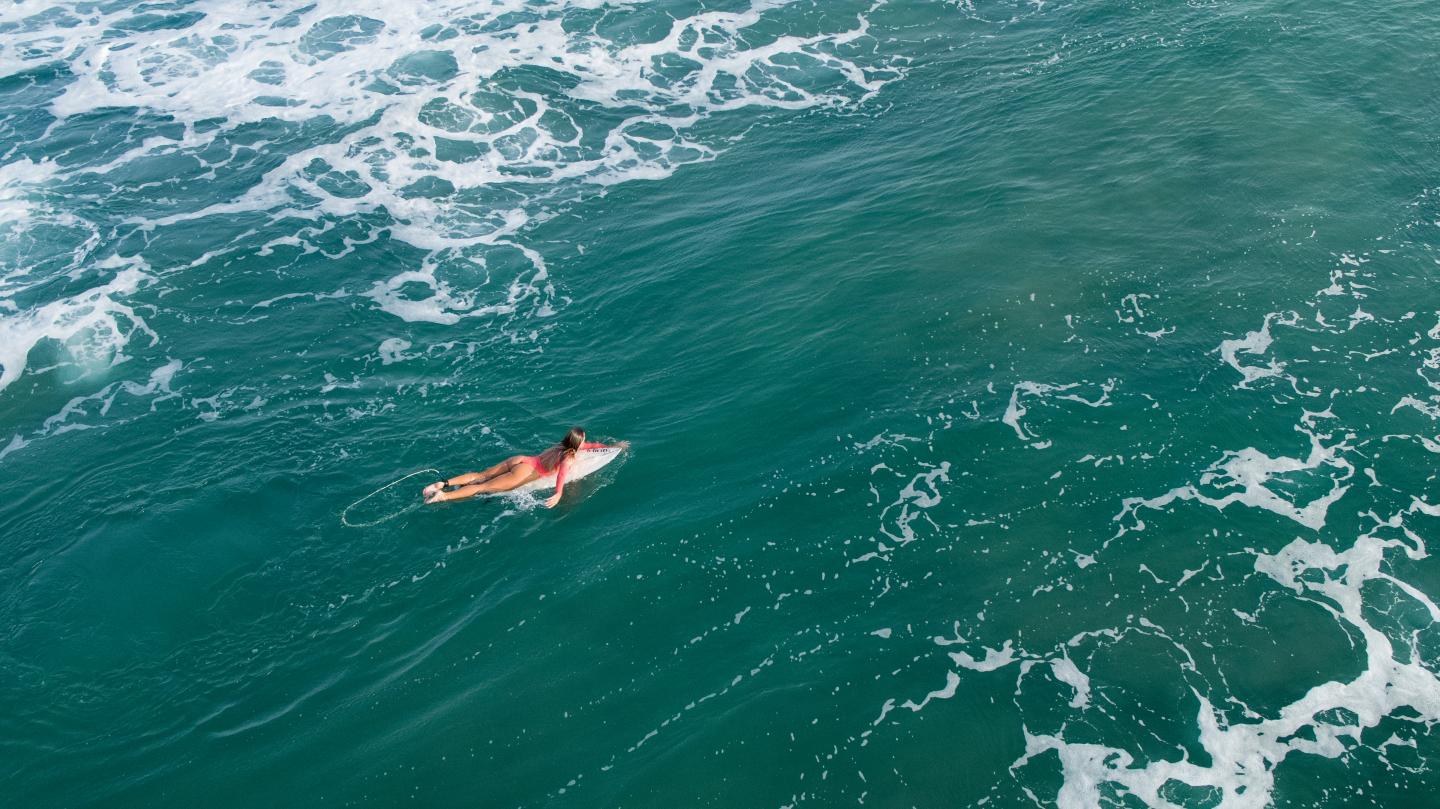kayaking for every taste
The mixture of kayak and water offers a lot of possibilities. Some of its specialties may be practiced in fresh water while others on the sea.
Following we show you the ones practiced on rivers and lakes.
White water is kayaking when practiced on rivers. Competition is under the modalities of descent and slalom. Descent consists of going down a section of a river, approximately 6 kilometers, in the smallest time possible. In these cases, the craft is longer and narrow, but faster.
On the descent of rivers, there are trials at the international category which are very difficult, requiring a very special, nautical instinct. The kayakist should be able to interpret what water currents, depths and dangers may be present as he passes. Here there are no obstacles, only the natural ones of the river, with strong currents and passages requiring a great ability. Within the specialty of white waters, you may find the modality carried out in rushing waters, which as suggested by its name, is characterized by the water's force.
The main competition within it is the slalom, when the rower has to overcome not only the rapids and natural obstacles, but also tests of obligatory way, which are placed along a length of almost 800 meters.
Quiet waters: This is the Olympic specialty par excellence. Competition is generally on lakes or rivers without much current.
Marathon: The kayak marathon is done on lakes, lagoons, rivers and the sea. Distances exceed 15 kilometers and crafts are specially adapted to that aim.
As there may be variety in the practice of kayak, there are a variety of constructive models for the crafts. The possibility of using any fabrication material has been exploited to the max. Treated woods, metals, plastics and fibers, which make kayaks lighter, durable and resistant.
Currently, many are made of fine woods, which are worked adequately. But carbon fibers and kevlar also give them greater resistance. Nevertheless, the material used, which gives them an excellent quality, is plastic, due to a greater durability.
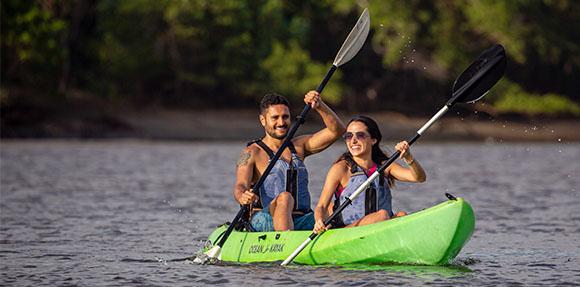
knowing a little more
What is basic of this discipline, is that the crew remains seated and advances with a double paddle oar. The ship's route may be directed with the oar or with a rudder, which is maneuvered with the feet. The number of crewmembers may vary, one, two, or four (K-1, K-2 & K-4), be it for fun as for competition. Also, he paddle or oar the only propulsion element authorized for competition kayaks. Nowadays, there are no limits as to the weight and measurements of the oar. Nevertheless, a continuous evolution in its design has been going on which affects in a higher navigation speed.
Another element to know, to tell apart the differences between kayak and other disciplines, as for example canoeing, is that in the first one the kayakist sails facing to the direction he advances. Another difference is the way the craft is impulsed: in the kayak the paddle is not supported on the canoe, as it is in canoeing. As for the abilities to be developed by a kayakist, the main one is balance. Having reached this step, he should acquire a good rowing technique, where energy saving prevails, but without leaving out the conveyance of energy to the craft. The purpose is to favor a better gliding on the water, profiting from winds and currents.
With these introductory notes to kayaking, what follows is that you look for the equipment, be it owned or rented, and that you dare live the adventure of the experience. The country has rivers and lakes, the perfect platform to prove your ability and speed over water.
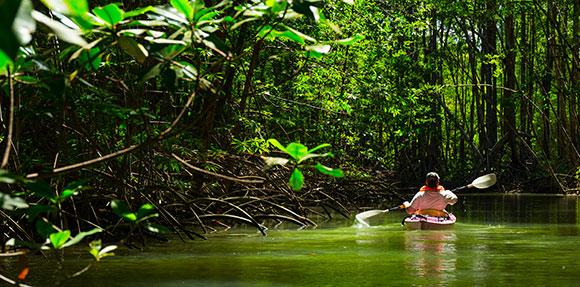
speak the language
- Proa - Kayak's front side.
- Popa - Kayak's back side.
- Manga (breadth) - Wider part of the kayak.
- Paleta (paddle) - Wide part of the oar that goes into the water.
- Tubo (tube) - Narrow part of the oar that is held by the kayakist.
- Borda (tack) - Outer, higher edge of the canoe.
- Frustre - Support member that extends along the canoe between the tacks.
- Palada en'J' (paddle) - Paddle that ends as a rudder.
- Timoneo (steering) - Dragging the oar to create resistance; when it's executed by the paddlers at the stern, the canoe will turn towards the direction of the side of the rudder.
- Remar (rowing) - Paddle movement that draws towards the paddler at 90 degrees to the direction of advance, when it is executed by the paddler at bow, the canoe will turn to the direction of the side of the rudder.
- Barrido (sweeping) - Paddle movement as a wide curve, when it's executed by the paddler at the stern the canoe will turn to the direction opposite of the side of the sweeping.
Costa Rica's best places for kayaking
On the map you'll find Costa Rica's tourism regions, where you can participate in these activities. For more information on any of these activities, contact your travel agent or hotel.






